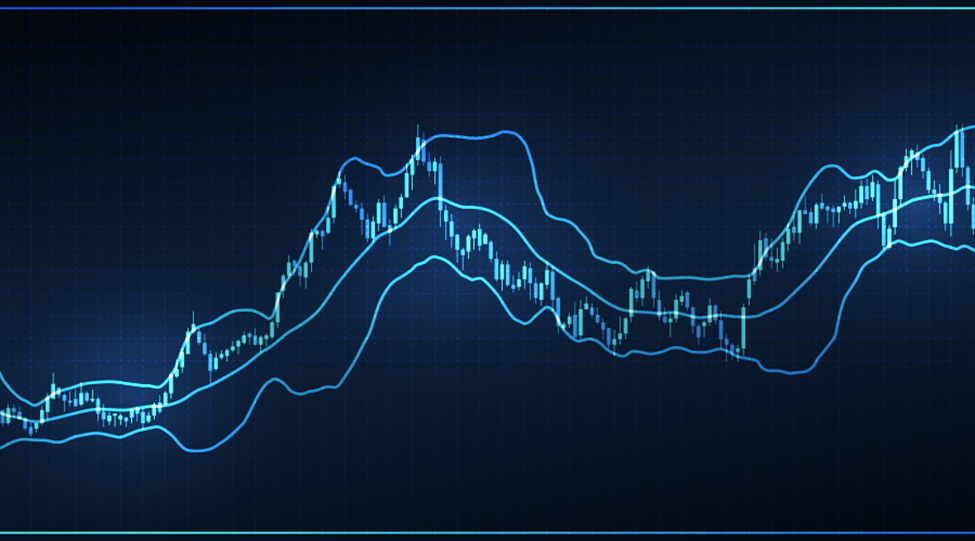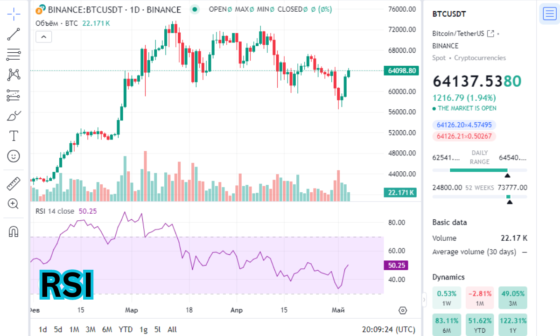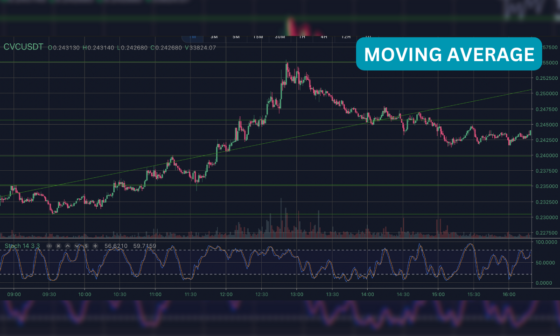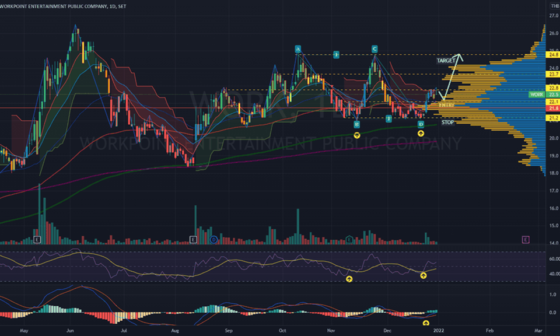There are a number of different indicators that traders can use when trading Forex, crypto currencies or other assets. One such indicator is the Acceleration Bands indicator, which is designed to help traders identify potential price acceleration points.
In this blog post, we will take a closer look at what the Acceleration Bands indicator is and how it can be used by traders. We will also discuss some of the benefits of using this particular indicator. Finally, we will provide an example of how the Acceleration Bands indicator can be used in practice. Let’s get started!
What is Acceleration Bands Indicator
Acceleration Bands were developed by Price Headley. These bands serve as a trading tool to help identify accelerations in the price of a security. By identifying when prices are accelerating, traders can focus their attention on times when moves are more likely to occur.
The bands are created by plotting a simple moving average (SMA) and drawing two lines above and below it. When prices break through one of these lines, it is said to be an acceleration in price.
Traders can use this information to enter or exit trades as well as gauge the momentum of the market.
The indicator consists of two bands – an upper band and a lower band. As the price of a security moves up or down, the bands will expand or contract. When the security reaches the upper band, it is considered overbought and may be due to experience a pullback. Conversely, when the security reaches the lower band, it is considered oversold and may be due to experience a rally.
The Acceleration Bands Formula
The Acceleration Bands indicator is a tool that uses two bands – an upper and lower band – to help you identify potential areas of support and resistance. The formula takes into account both the current price and the average price over a set period of time, and then plots those values on either side of a line that represents the current price. This can help you determine whether or not a stock is likely to continue rising or falling, and can help you make more informed decisions when it comes to trading.
Calculating Acceleration Bands
To calculate the Acceleration Bands Indicator, you’ll first need to identify the price action over three different periods.
First, calculate the volatility of each period’s price movements by calculating the standard deviation using historical close prices. Then, calculate the moving average at each period by calculating the average true range of prices during each period. Finally, calculate the bands themselves by subtracting or adding multiples of the standard deviation from the respective moving averages at each period.
With all these steps complete, calculating the Acceleration Bands Indicator should yield reliable results that you can use to identify possible buy or sell signals. Looking beyond just calculating numbers on a page will help give you truly meaningful insights into potential trades.
How to Use Acceleration Bands in Trading Strategies
the ABand acts as an upper and lower band for the price of a security, where the middle band is set at a moving average for the security’s price. A buy signal is triggered when the price breaks out of the lower band and moves above this middle line. Similarly, a sell signal occurs when the security accelerates below its middle line to create a lower band breakout. As such, this indicator provides insight into whether prices will move higher in bullish conditions or drop in more bearish trends. An acceleration bands indicator can also be used in combination with other technical indicators to gain further insight into market movements;Acceleration Bands Indicator is a technical analysis tool that traders use to identify potential buy and sell signals.
When the price of a security moves above the upper band, it is considered to be overbought and may be due for a pullback. Conversely, when the price falls below the lower band, it is considered to be oversold and may be due for a rebound.
Traders can use Acceleration Bands Indicator in conjunction with other indicators or trading strategies to generate buy and sell signals. For example, if the price of a security is moving higher but has not yet reached the upper band, traders may consider placing a buy order. Similarly, if the price of a security is moving lower but has not yet reached the lower band, traders may consider placing a sell order.
You can use Acceleration Bands Indicator also to help you enter and exit trades at opportune moments. For example, if you are bullish on a security, you can wait for it to reach the upper band and then buy in anticipation of a rally. Conversely, if you are bearish on a security, you can wait for it to reach the lower band and then sell in anticipation of a pullback.
Limitations of Acceleration Bands
AB indicator involves monitoring the distance between two channels (Upper and Lower ACB) to detect whether price movement within these bands is displaying increasing volatility or decreasing volatility.
While this can be a helpful tool for predicting market movements and setting entry/exit points for positions, it does have some limitations. For example, due to its sensitivity, the indicator has a tendency to provide false positive signals during prolonged periods of sideways or ‘range-bound’ trading.
Additionally, since the ACB indicator only captures price movements, it cannot account for fundamental factors impacting a given asset’s performance – such as economic news releases or earnings announcements. Finally, without proper settings or regular recalibration for each security being traded and market conditions experienced throughout those trades, it can be difficult to generate accurate results with this indicator. Despite these limitations however, knowledgeable traders can still use the Acceleration Bands indicator to their advantage though they should always maintain a certain level of caution when doing so.
Conclusion
The Acceleration Bands (AB) indicator is a powerful tool that can help you make better trading decisions. If you want to learn more about how to use this indicator, subscribe to our AB-based trading strategies for free. By doing so, you’ll be able to increase your chances of success as a trader.








